Celebrating 60 years
The newly united ASMF had, as its aims:
“The medical supervision and care of those promoting and conducting physical activities in a sporting and recreational form to safeguard and improve their physical and mental health; the arrangement and support of the scientific study of the effects of physical activities on the human organism; to provide information to sporting bodies throughout Australia by way of the state branches; to cooperate between kindred nation and international bodies such as FIMS; to liaise with the Australian Olympic and Commonwealth Games Federations and advice on medical matters; to act as coordinating body for all state bodies; and to promote policy and undertake responsibilities and tasks in relation to the aims of the Federation”.
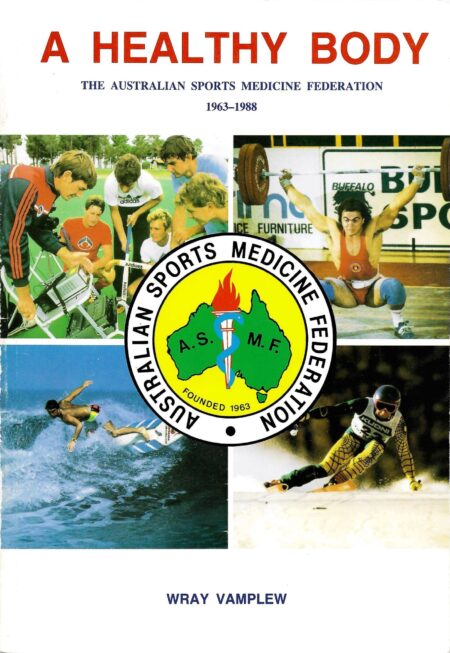
MEMBERSHIP
A crucial issue to be managed was composition of the membership. Initially, after considerable discussion, it was decided that full membership, at a cost of ten shillings per annum, should be open only to registered medical practitioners. Special membership by invitation, with equal voting rights and at equal cost, could be available to suitably qualified non-medical graduates approved by state branches. Such membership was to be limited to a 10% maximum of aggregated special and full membership, both at a branch and Federation level, a figure suggested to the 1963 Melbourne meeting by the Australian Medical Association (AMA) delegate, Dr Ross Smith.
Additionally, associate membership, costing five shillings, was open to persons not qualifying for either full or special membership on medical, educational, or quota grounds. They were not entitled to vote, to be delegates to the Council, or act as office-bearers at either state or federal level.
Jim Pannell, President in 1965 believed that sports medicine’s future lay with convincing the medical profession that sport and exercise was required for health and disease prevention, and a close affiliation with the leading medical body in Australia would provide them with the influence they needed. But there were also other senior members who felt just as strongly that sports medicine could only flourish if it was true to its disciplinary mix, which had to mean accepting disciplines in equal numbers, and allowing that same mix to vote and hold positions of authority alongside the doctors.
The debates amongst themselves, and the negotiations with the AMA went on for several years with very little ground given by both sides of the argument.
Eventually, an offer by the AMA to accept a non-medical membership of 20% was turned down at a 1969 Council meeting. The next year, it was agreed that any registered medical practitioner and graduates from an accredited tertiary institution in a discipline relevant to sports medicine, could be a member of the ASMF.
“One former SMA President considered SMA to be an organisation that nurtured the sports medicine and science disciplines, and allowed them to start off amongst the team and gradually they developed their own PD and accreditations, then branching off and cutting the umbilical cords before coming back in a more mature form. Another former SMA President believed there was a wide-spread recognition that uni-disciplinary groups couldn’t best represent their members to a broader audience. There are few SMA members who would dismiss the importance of, or the disturbance created by, the different discipline groups over the years. Most would agree that the disciplines have all contributed a great deal to SMA and vice versa”.
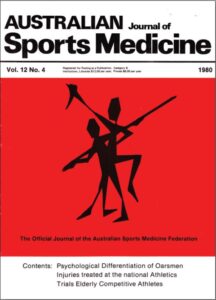
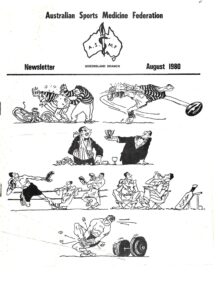
SMA AND THE DISCIPLINE GROUPS
With the battle for non-medical members fought and won, and their numbers increasing at a greater rate than doctors during the 1980s, Sports Medicine Australia found itself with a new internal challenge on its hands. It had weathered the contest of the states, but the wider growth of sports medicine throughout Australia meant an ever-changing landscape of disciplines. The emerging interest was the growth of the disciplines as a separate entity within sports medicine.
Sports Medicine Australia had always been an umbrella body interested in any issue or activity of a medical or scientific nature that relates to health and wellbeing, particularly in a sports and physical activity context. The issue was that membership of SMA was important to members of all discipline groups but did not provide accreditation, professional development, and all the collegiate benefits that come with associating with peers who have the same professional qualifications and experiences.
As the membership body of SMA grew in diversity, an organic development of discipline groups within SMA occurred. Likeminded and leading SMA members within each discipline, banded together to form small sub-groups to cater for the needs of their discipline under the SMA banner. At one stage, SMA initiated a Council of Disciplines to foster this development and ensure the voice of each of the disciplines within SMA was truly taken into consideration. The consequence of this meant that SMA became a true multidisciplinary organisation, promoting and providing growth in all discipline areas of sports medicine and sports science.
Over the years, as the disciplines within SMA grew, these groups gravitated toward their own professional bodies to establish sports medicine key groups within those bodies and moving out from the SMA banner. In some cases, this created brand new organisations, such as the Australian College of Sports and Exercise Physicians and Exercise and Sports Science Australia.
The eight discipline groups that are currently associated with SMA are: Sports and Exercise Podiatry Australia, Australasian College of Sport and Exercise Physicians, Sports and Exercise Physiotherapy Australia, College of Sport and Exercise Psychologists, Exercise and Sports Science Australia, Sports Chiropractic Australia, Sports Dieticians Australia, and Sports Doctors Australia.
“Major events in which SMA was involved included hosting of the 2000 Pre-Olympic in Brisbane, and the International Convention on Education, Medicine and Science in Sport associated with the 2008 Beijing Olympic and Paralympic Olympic Games. I was invited to chair the international consultancy committee for the Convention which involved collaboration between the IOC, the International Paralympic Committee, ICSSPE, FIMS, and international member organisations. I am most grateful for the support, friendship and engagements with leaders and members of sports medicine organisations nationally and internationally. Sports Medicine and Exercise and Sports Science face a very challenging future, and it is important to continue our multidisciplinary and holistic approach to provide innovative, evidence-based solutions and strategies to address new and emerging issues recognising the diversity in the sporting community.” stated Emeritus Professor Tony Parker AM
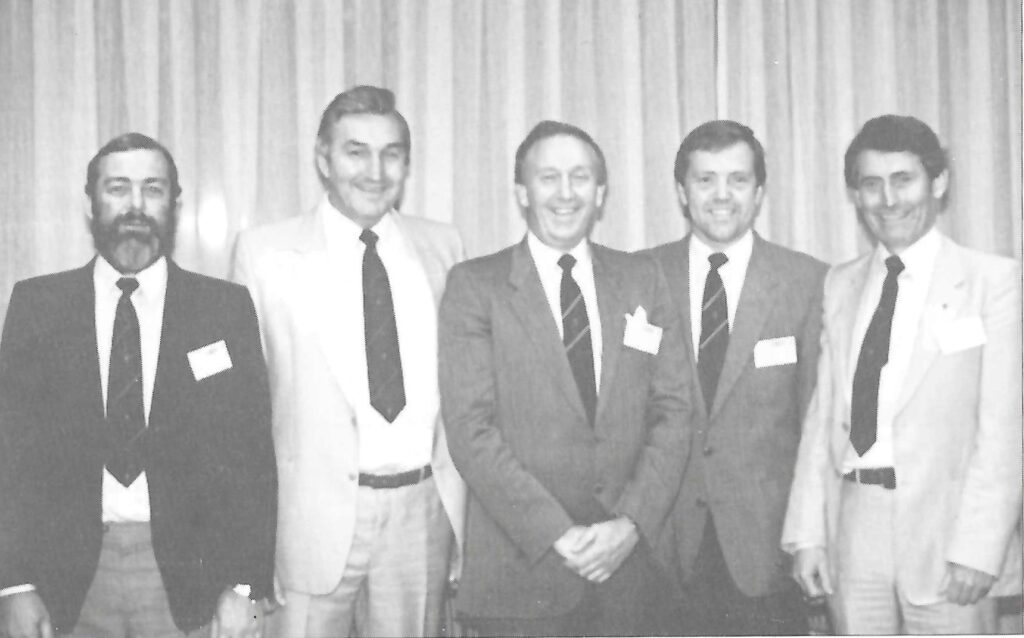
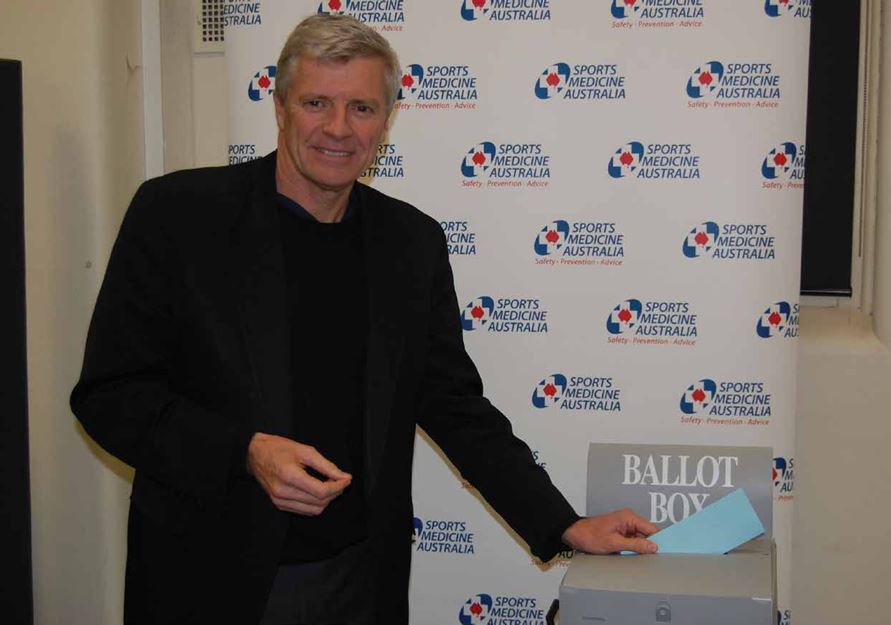
REFLECTIONS FROM PAST PRESIDENTS
Emeritus Professor Tony Parker AM: SMA President 1987-1988
“Starting in 1976, I became an active member of the Australian Sports Medicine Federation (ASMF) and joined the Queensland Board of the organisation in 1977. During this period, I made a significant contribution to SM in Queensland in relation to professional and community education activities and initial development of the Australian Sports Trainers Scheme. I represented Queensland in meetings of the National body and in 1982 was elected to the National Board of Directors of ASMF. I became inaugural Treasurer, Vice President (1986), President (1987-1988), and leader Order of Fellows (1986-1990).”
Dr Peter Larkins: SMA President 1994-1997
“I have had multiple roles in SMA over the years, initially on the Victorian committee in 1984 and ultimately a member of the National Board from 1987 to 1998. I spent 3 years as National President during that time and it certainly was a very active and productive time for SMA. Some of the standout achievements for SMA during my period on the National Board were: ٚ the establishment of a National Coverage Committee for event safety management, ٚ the creation of a National ASMF Drugs in Sport Committee, ٚ the establishment of National Sports Trainers Scheme (subsequently the “Safer Sport Programme”).”
Ms Marilyn Feenstra: SMA President 2003-2005
“In 2003, I became the National President. For 2 years, with Gary Moorhead and the National Board, we worked to move past the obstacles to move completely to One SMA. We visited all states for discussions to answer and reduce any misconceptions to the path ahead. We worked very hard to soothe political friction to the move to One SMA. The path was long and fraught with many obstacles politically and parochial. The process was very clear. It was a necessity that we be a united, peak multidisciplinary authority in Sports Medicine, Sports Science & Physical Activity, working as one united national organisation for the enhancement of health outcomes of all Australians. It involved hard work by the Board and National staff over many years, but One SMA was later successfully achieved.”
Mr Michael Kenihan: SMA President 2007-2009 and 2012-2013, Current President ASMF Order of Fellows and Member of the Board of Directors (SMA)
“By 2008 I was elected to the role as National President and the Board, with myself as President and Mr Nello Marino as CEO, were charged with developing a new constitution for SMA that would see the change from each state and territory being governed by their own constitution and operating as separate business units with their own funds and activities, to what was phrased OneSMA. The change would see SMA have a single National governance structure with States continuing to be represented but to not need duplication of staff and the governance of being separately constituted. SMA has continued to grow and developed over the last 10 years to represent its members with delivery of multidisciplinary education from grass roots to the elite, and to be a voice to government and sport of Sports Medicine excellence.”
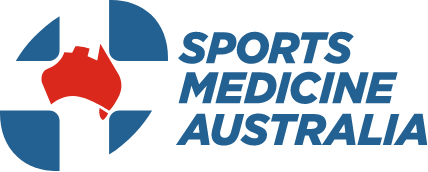
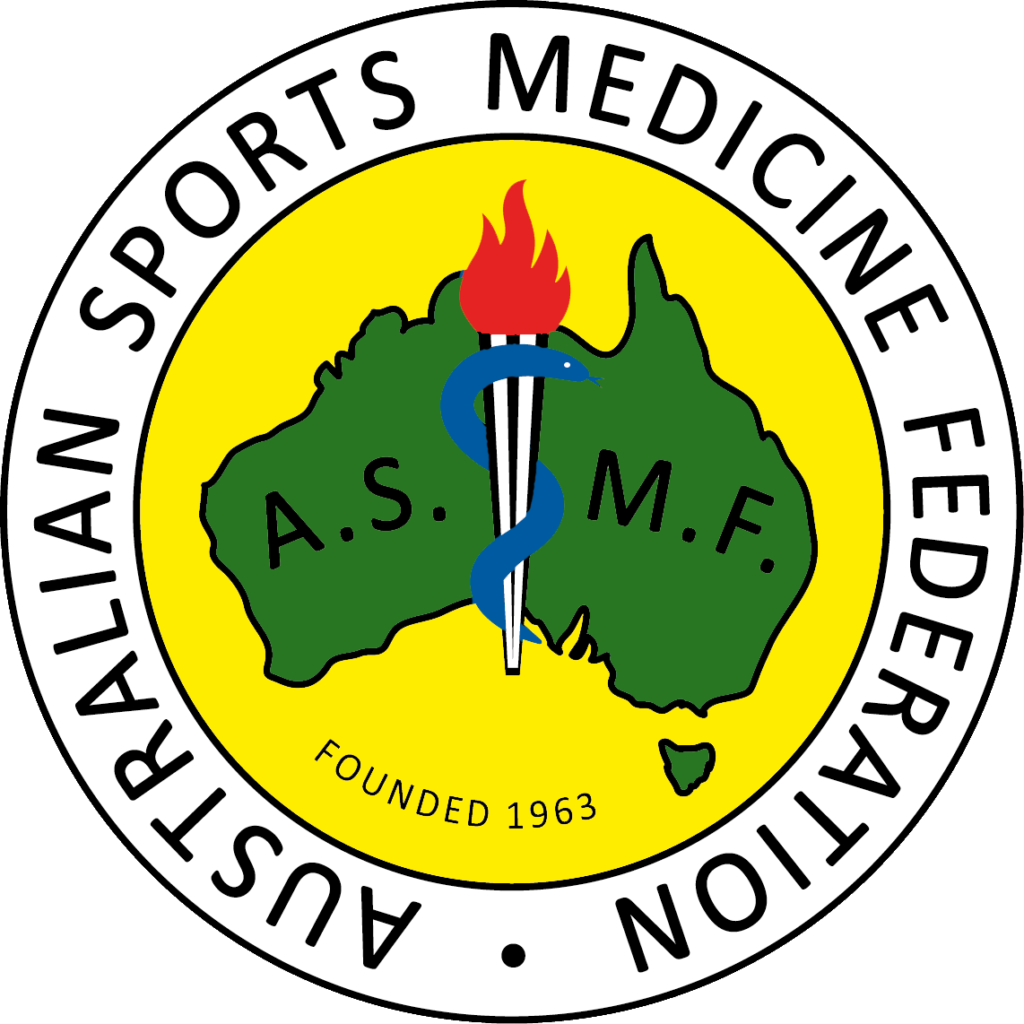 Comprised of excerpts from the 25th Anniversary book ‘A Healthy Body’ by Wray Vamplew and the 50th Anniversary commemorative edition of Sport Health written by Emma Russell, this article takes you on a journey from SMA’s inception in 1963, when the Australian Sports Medicine Foundation was born, through the first 15 years.
Comprised of excerpts from the 25th Anniversary book ‘A Healthy Body’ by Wray Vamplew and the 50th Anniversary commemorative edition of Sport Health written by Emma Russell, this article takes you on a journey from SMA’s inception in 1963, when the Australian Sports Medicine Foundation was born, through the first 15 years.